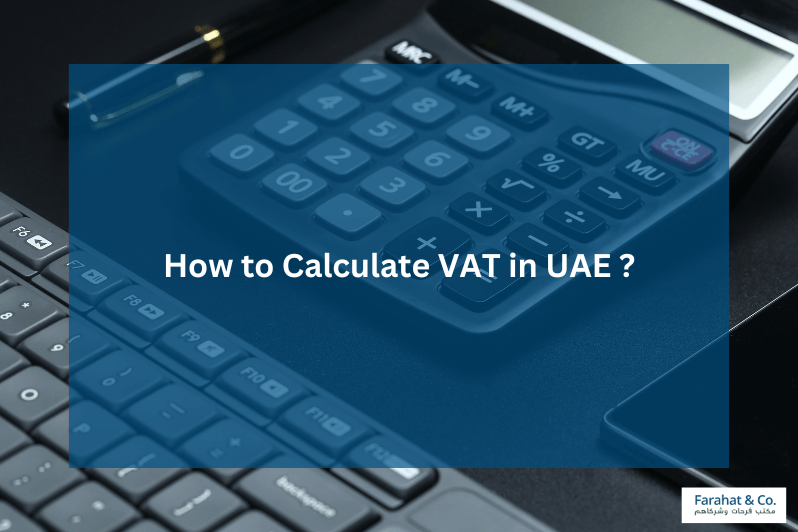VAT registration in UAE has been rampant for the past months because many businesses have been registering now for the value-added tax (VAT) since the Federal Tax Authority (FTA) launched the registration for VAT and Excise Tax on their website. VAT in UAE changed the history of the United Arab Emirates (UAE) once it was implemented 1 January 2018. VAT is a consumption tax that is applied, at each stage, to all the goods and services that are mandated in the VAT Law or the Federal Decree-Law No. 8 of 2017. VAT is applied to the value that is added during the production process.
Since VAT-registered businesses have the responsibility of having the proper and precise documentation for the VAT-related affairs, it should be noted how VAT calculation is done. The failure to do the provisions stipulated in the landmark Federal Decree-Law No. 7 of 2017 or Tax Procedures Law, Federal Decree-Law No. 7 of 2017 or Excise Tax Law, and Federal Decree-Law No. 8 of 2017 or VAT Law, will face heavy penalties.
How to Calculate VAT in UAE?
In UAE The standard rate for VAT is 5 per cent, which is applicable on the value of the invoice. For example, price of a good or service is Dhs 150 then VAT would be as follows: 150 x 5 per cent = 7.50 Dhs (Value Added Tax)
The formula for calculating VAT is as follows:
VAT = Output Tax − Input Tax
Output Tax
Output tax is simply the VAT collected on selling goods or providing services to clients.
Input Tax
Input tax is the VAT that is paid on purchasing raw materials for the aforementioned goods or services.
How to Collect VAT as a Businessman?
All traders who are involved in the chain of production, which includes the supply of materials for production or the production process itself, should do the following:
- Collect the VAT on the sales, which is the output tax
- Recover the amount of VAT paid on the purchase of goods, which is the input tax
Subtracting input tax from output tax is the amount that will be paid to the government. There are situations wherein businesses can forward a request to the government for a refund of VAT although not everyone is allowed to do that. In this case, the businesses will act as the government’s tax collectors.
How to Calculate and Collect Value Added Tax (VAT)? (Explained with example)
To further understand the VAT calculation, below is an illustration that might help in grasping the idea more:
Company A has purchased raw materials for a total of AED 500,000. Therefore, the input tax will be 5% of the total amount, which then will be AED 25,000. After Company A sells the goods (made up from the raw materials purchased), the total amount of sales is AED 800,000. With the same tax rate (5%), the output tax will then be AED 40,000.
In this case, the final net VAT payable of Company A to the government will be AED 15,000 (AED 40,000 – AED 25,000).
Preparation and Registration as a VAT Collector
It is never an easy task to grasp the concept of VAT in one go. This is the reason why we are offering a free assessment if you are in need of any help in regard to VAT registration in UAE. We, FAR – Farhat Office & Co., are one of the leading VAT consultants in UAE today; hence, we are extending our hand to aid you in whatever you may be having difficulties in about VAT.


